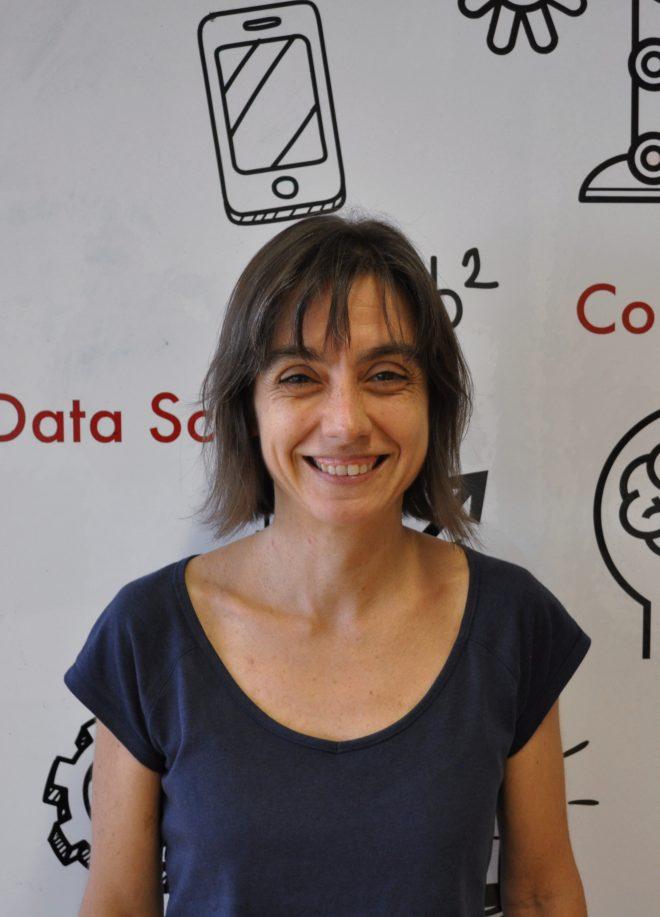| Acronym | LOTUS |
|---|---|
| Name | Load transportation using Unmanned Aerial Vehicles |
| Funding Reference | FCT - PTDC/EEI-AUT/5048/2014 |
| Dates | 2016-01|2019-12 |
| Summary | Unmanned aerial vehicles (UAVs) are rapidly evolving to become highly capable sensing platforms that can navigate and track trajectories with great precision. The goal of this project is to address new challenges in motion control of UAVs that involve interaction with the environment. This is currently a great focus of interest as evidenced by several representative examples, including takeoff and landing on inclined slopes [4], wall perching [MSK10, DC10], grasping and manipulation [PBD11, FNMM14], and load transportation [PCF12, BKMO11, SK13]. In this project, we will focus on load transportation using rotary-wing UAVs, as a particularly relevant example of an interaction-constrained control problem. The versatility and maneuverability of rotary-wing UAVs allows them to easily reach remote and inaccessible sites, opening a multitude of possibilities. However, their reduced levels of autonomy and payload continue to be major obstacles for their applicability. In this context, the use of multiple vehicles for load transportation can significantly increase either the payload capacity or the autonomy of the overall system and thereby extend the range of missions for these vehicles. In this project, we will address the problem of transporting suspended loads using single and multi-UAV systems. Adopting a position control perspective, we will model the multibody dynamics and aim to design closed-loop control laws that explicitly use feedback of the load position to steer it along a path. This approach is in clear contrast with the open-loop solutions recently proposed [FPCF13, SK13], whose successful implementation is only made possible by the use of high-end Optical Motion Capture Systems, not transposable to real application scenarios. The modeling of the system dynamics will be addressed assuming different configurations: 2D vs. 3D model, single vs. multiple vehicles, point-mass load vs. rigid-body load, suspension attachment point at center of mass vs. different location. Efforts will be made to obtain a unifying framework that accommodates configurations with center of mass vs. different location. Efforts will be made to obtain a unifying framework that accommodates configurations with increasing degrees of complexity. We also aim to explore cooperative multi-vehicle control solutions, adopting a leader-follower approach, with the ultimate goal of combining it with load transportation so that a multi-vehicle slung-load system can follow a moving target of interest. To showcase the abilities of a fleet of UAVs working in close cooperation and in interaction with the environment, we propose to carry out an experimental run of a coordinated catch and release maneuver, that is, a set of operations that allow for a heavy load to be picked from the ground and be delivered to a target location. As an envisioned application, we consider the scenario where multiple UAVs can be used in fire fighting by collecting water from a source and releasing it on top of a running fire. The class of systems to be studied is comprised of a combination of vehicles and loads, all of which have rotational degrees of freedom, thus the global stabilization cannot be attained by continuous feedback due to topological constraints [BB00]. However, recent developments in the field of hybrid dynamical systems [GST12] and, in particular, the application of hybrid control techniques to the stabilization of the attitude of a rigid-body – and other systems with rotational degrees of freedom – made it possible to stabilize a given reference both globally and robustly [MST11]. With respect to the state of the art in hybrid control of rotational systems, we propose to develop novel control techniques that in addition to providing global convergence, optimize a given criterion such as the distance to the desired reference and allow for this class of systems to converge exponentially fast, while following the path of least distance. The proponent team has a strong track record on the topics of motion control and navigation of autonomous vehicles, with particular emphasis on rotorcraft. We have addressed the problems of trajectory tracking and path following, exploring Lyapunov-based nonlinear techniques and taking into account important properties such as robustness to external disturbances and actuation boundedness [1, 2]. Additionally, we have also designed controllers for trajectory tracking that take into account the interaction of the vehicle with the environment, allowing for robust takeoff [4]. We have also started to explore the multi-vehicle framework, proposing a novel solution for leader-following trajectory planning, with experimental validation using quadrotor formations [3]. More recently, we have focused on the application of hybrid control theory combined with synergistic potential functions to landmark-based control [5] and the control of underactuated vehicles [CSCCS14], fuelled by the close collaboration between the groups at IST and University of California at Santa Cruz to be fostered within the scope of this project. |
| Research Groups |
Dynamical Systems and Ocean Robotics Lab (DSOR) |
| Project Partners | Instituto de Engenharia Mecanica, IST (PT) |
| ISR/IST Responsible | |
| People |
[1] Pu Bai, Bruno Guerreiro, Rita Cunha, Przemyslaw Kornatowski, Dario Floreano , Carlos Silvestre, "Wall-contact sliding control strategy for a 2D caged quadrotor", 18th ICCAS, October, pp. 291-296. (Best Paper Award), 2018


